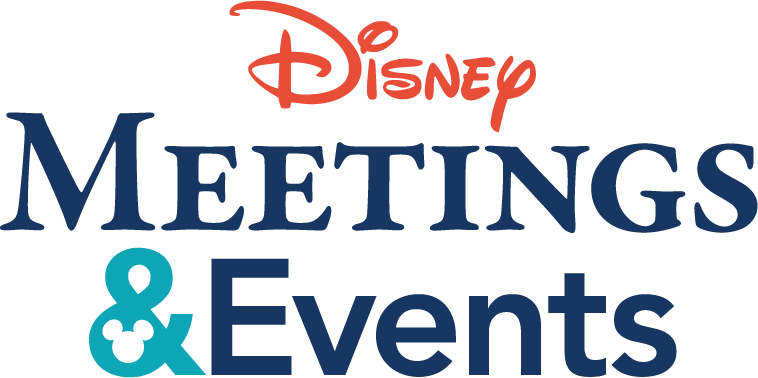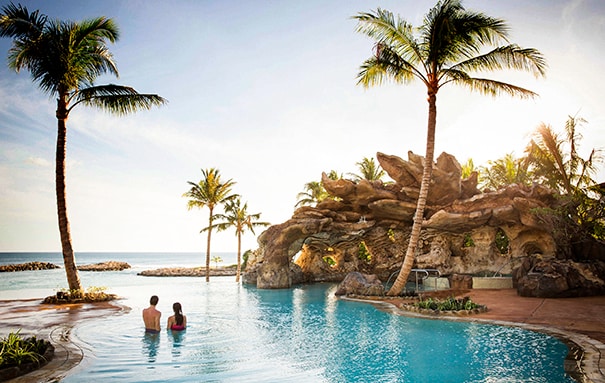By now, the power of travel rewards to increase sales productivity, build retention and accomplish a myriad of other business objectives has clearly been established. In fact, according to a 2014 study by the Incentive Federation, 46 percent of American businesses now use incentive travel, spending over $22.5 billion a year on these programs.
Leading direct selling companies regularly deploy travel rewards, banking on the enduring power of a trip that qualifiers could never duplicate themselves — no matter how big their incomes. Moreover, bringing top distributors together once a year is a powerful brand-building experience that is particularly important in direct sales, providing a golden opportunity for sales reps to meet face-to-face with leadership and with each other.
And yet, even for companies that regularly incorporate travel rewards, it’s easy to drop the ball in planning and executing these complex programs, especially when changing demographics and shifting economic trends can complicate even the best laid plans.
Here’s a look at 10 best practices that will help keep your incentive travel program on track.
1. Develop objectives that are strategic and specific. Without a clearly defined business goal for the incentive program, the ship is sunk before it even leaves the port. Investing the time to analyze, set, communicate and monitor strategic goals will pay in program momentum and better return on investment.
Distributor incentive programs often include a mix of objectives involving sales, recruiting and leader development. All three are important for creating a successful direct-selling business, which in turn drives overall sales productivity for the parent company.
2. Establish clear parameters for participating and winning. What are the rules for participating in the program? What are the metrics for winning the trip, and how will they be tracked? The target goal should be challenging but not so ambitious that it is too difficult to attain, in which case the program can backfire and have a de-motivating effect. Keep in mind that incentive programs that reward the same people every time aren’t increasing the pool of performers.
3. The incentive trip should pay for itself out of revenues generated. A careful analysis of projected costs versus projected benefits is essential. According to studies by the Incentive Research Foundation (IRF), properly designed and executed incentive trips can increase sales productivity by 18 percent and return on investment by 112 percent.
4. Create a training strategy that is paired with the incentive program. In order to reach program goals, your distributors may need training, for example, in how to be better recruiters. Be sure individuals and teams have the training they need to succeed.
5. Make program information readily available. Most incentive programs involving a high-end travel reward run over at least a six-month period, according to IRF studies. With these complex programs, it’s essential to create a brochure or webpage that provides all the important details, especially if the incentive has a variety of awards or levels of achievement. Clear and frequent communication of goals and awards is critical and helps build your program’s engagement.
6. Design a promotional campaign that lasts throughout the contest period. Give periodic updates on the company website recognizing people who are on pace. Send out mailings to people’s homes with destination teasers. Tap social media and company e-newsletters to amplify interest and keep it stoked. Consider adding gamification to your portfolio of promotional tactics. The important thing is to drive reinforcement on a regular basis.
7. Create a travel reward that truly has the power to inspire your team to reach for the stars. This means carefully profiling potential qualifiers and using that information to create a “wow” experience. What kinds of destinations and trip experiences will motivate them? Would a five-day trip be too long away from home — or just right? Do participants want to be pampered with spa treatments and gourmet meals, or are they more interested in zip lining and parasailing? Will they want a trip that’s a family vacation?
One way to get this information is to ask your distributors themselves. Seems like a no-brainer, but leadership can sometimes loose sight of the obvious when they focus too much on the corporate objectives of running the incentive program and not enough on how to align those goals with what will motivate their sales teams.
8. Work with partners who know the drill. When designed and executed the right way, incentive travel trips create unforgettable memories — and few things are more powerful drivers of achievement. Partnering with professionals who have a good track record of delivering incentive travel programs and experiences that are well-designed and flawlessly executed can make a huge difference in achieving your goals.
9. Make necessary adjustments along the way. Tweaking some components of the incentive program while the contest is underway may be necessary. You might find, for instance, that certain elements are too complicated or — worse — are hurting incentive goals rather than facilitating them.
10. Gather useful information after the trip. Be sure to conduct a post-event evaluation so that you can use the feedback to help design future programs. A good incentive travel program not only drives revenues, the trip itself can change the way qualifiers feel about themselves and the brand.
You can also learn a lot by getting feedback from people who did not qualify for the trip. What were their obstacles? And don’t forget to recognize incentive award winners on the company webpage and other media, including social media. Leverage this power of recognition!
To learn more about hosting an incentive trip at Aulani, a Disney Resort & Spa, including pricing and availability, submit a Request for Proposal or Contact Us to speak directly with a Disney representative.
Would you consider hosting an incentive event at Aulani? Tell us on Facebook and Twitter!




